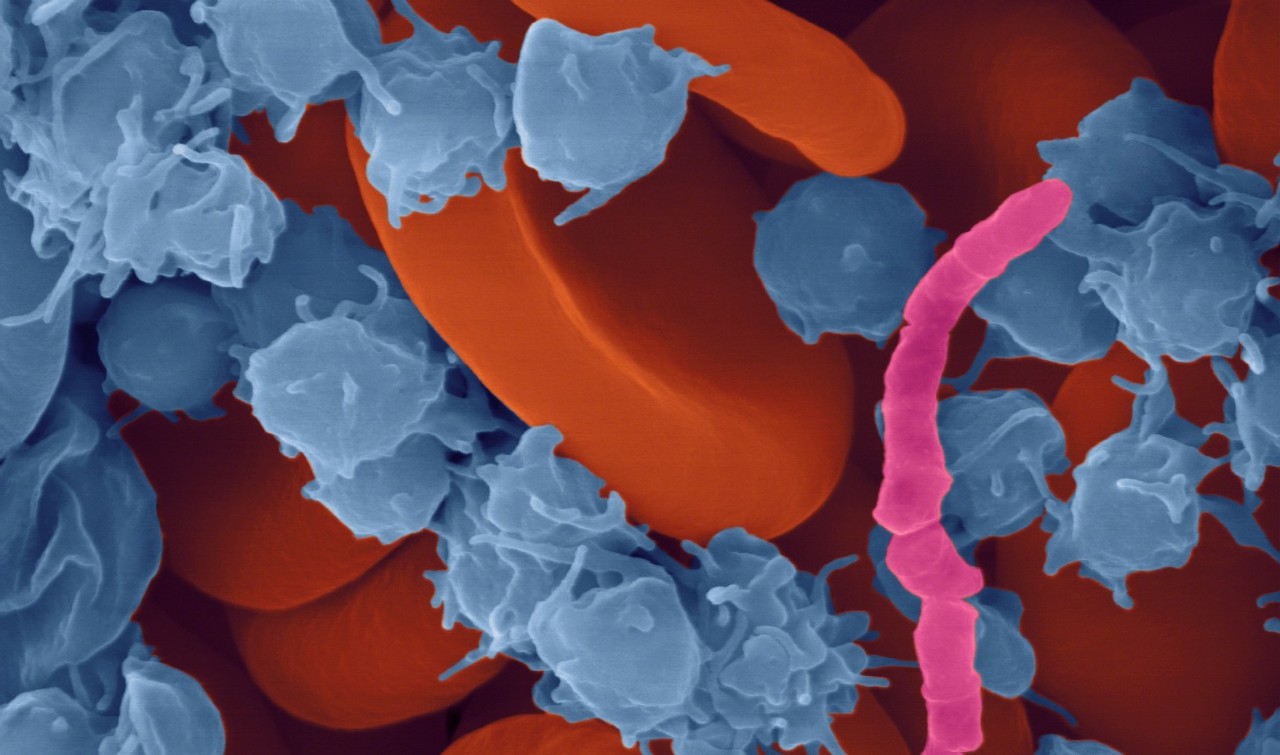

Sepsis Solutions
Sepsis – when every minute counts
Sepsis is the result of the body’s immune response damaging tissues and organs when attempting to fight an infection, with potentially devastating consequences. When appropriate treatment is given quickly, patients can make a full recovery, but poor recognition of symptoms and delays in identifying the causative pathogen can lead to life-changing morbidity and often mortality. Studies have shown that for every hour appropriate treatment is delayed, chance of survival decreases by 7.6%.1
1Kumar A et al. Crit Care Med 2006 34:1589-1596
Impact of sepsis on public health
The high prevalence and poor recognition of sepsis make it a considerable burden to public healthcare systems worldwide. The repercussions associated with longer bed stays and prolonged antimicrobial treatment impact both patient wellbeing and cost to hospitals.
Treatment with broad-spectrum antibiotics is the first step for tackling sepsis. Although these drugs can help bring the infection under control, without knowing the identity of the microorganism and providing targeted antimicrobials, the severity of sepsis can rapidly increase.
Early identification for life-saving treatment
Matrix-Assisted Laser Desorption/Ionization Time-Of-Flight mass spectrometry (MALDI-TOF MS) has transformed the routine diagnostic workflow in clinical microbiology laboratories, by rapidly identifying microorganisms down to the species level, directly from positive blood cultures. Traditional biochemical methods are incredibly time-consuming due to the subculturing step prior to identification. MALDI-TOF MS is capable of reducing turn-around times by up to 48 hours, by replacing the time-consuming subculturing combined with biochemical tests with direct and rapid identification from the positive blood cultures.
Bruker’s IVD-CE MALDI Biotyper® (MBT), used in conjunction with the MBT Sepsityper® IVD Kit, can identify pathogens from positive blood cultures within 15-20 minutes, in a cost-effective, efficient workflow that can improve patient care.

